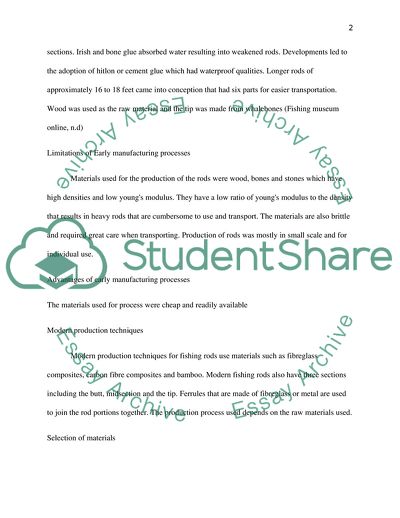Cite this document
(Fishing Rod Coursework Example | Topics and Well Written Essays - 2000 words, n.d.)
Fishing Rod Coursework Example | Topics and Well Written Essays - 2000 words. https://studentshare.org/engineering-and-construction/1818108-fishing-rod
Fishing Rod Coursework Example | Topics and Well Written Essays - 2000 words. https://studentshare.org/engineering-and-construction/1818108-fishing-rod
(Fishing Rod Coursework Example | Topics and Well Written Essays - 2000 Words)
Fishing Rod Coursework Example | Topics and Well Written Essays - 2000 Words. https://studentshare.org/engineering-and-construction/1818108-fishing-rod.
Fishing Rod Coursework Example | Topics and Well Written Essays - 2000 Words. https://studentshare.org/engineering-and-construction/1818108-fishing-rod.
“Fishing Rod Coursework Example | Topics and Well Written Essays - 2000 Words”. https://studentshare.org/engineering-and-construction/1818108-fishing-rod.


